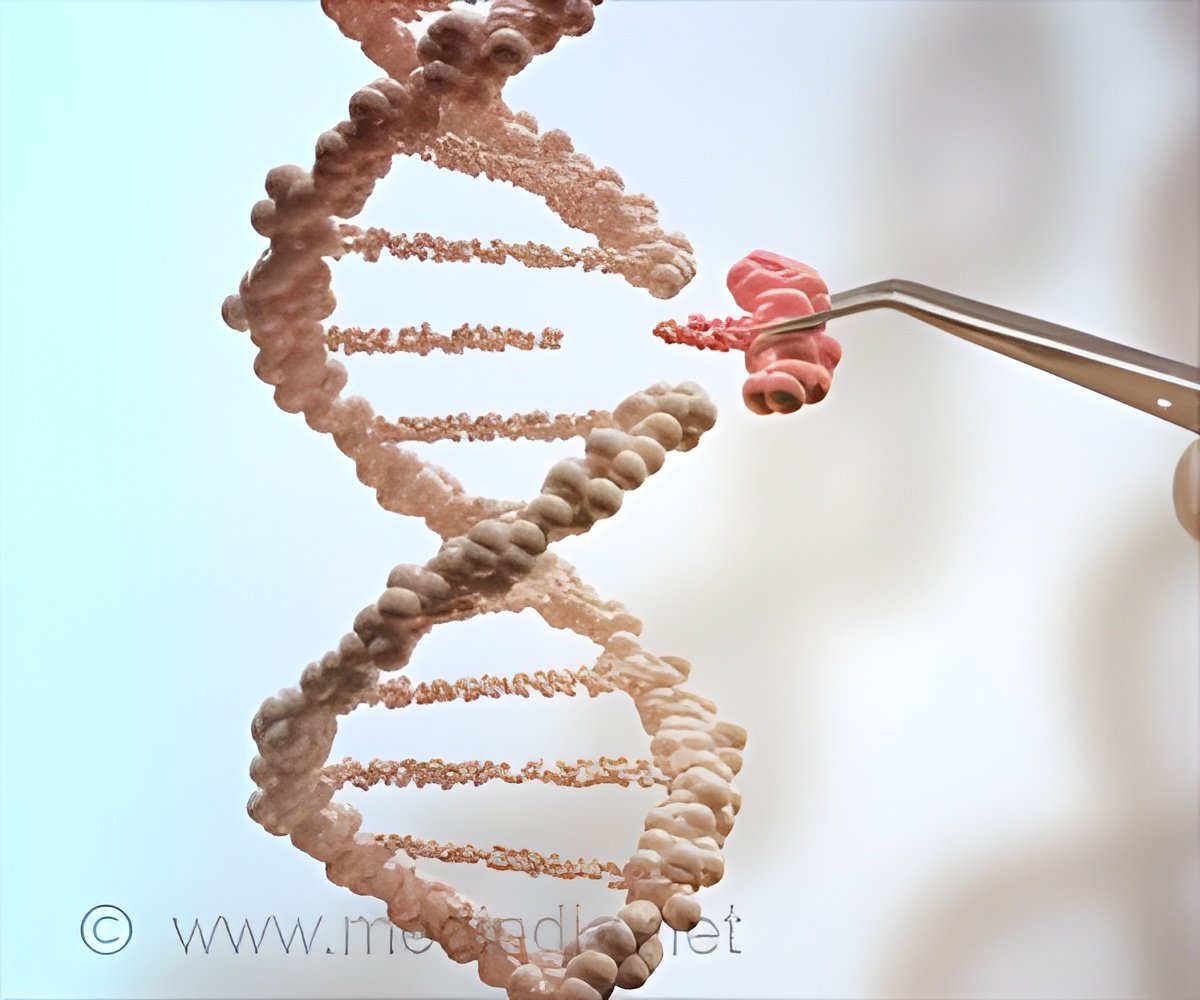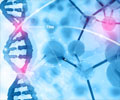A new method that uses natural DNA repair machinery provides a basis for novel gene treatment strategies with the possibility to cure genetic diseases.

‘Targeted repairs with ‘nicks’ of single DNA strands provide foundation for novel disease therapies.’





This means that often, a mutation on one chromosome will have a functional sequence counterpart on the other chromosome. The researchers employed CRISPR genetic editing tools to exploit this fact. “The healthy variant can be used by the cell’s repair machinery to correct the defective mutation after cutting the mutant DNA,” said Guichard, the senior author of the study, “Remarkably, this can be achieved even more efficiently by a simple harmless nick.”
Working in fruit flies, the researchers designed mutants permitting visualization of such “homologous chromosome-templated repair,” or HTR, by the production of pigments in their eyes. Such mutants initially featured entirely white eyes. But when the same flies expressed CRISPR components (a guide RNA plus Cas9), they displayed large red patches across their eyes, a sign that the cell’s DNA repair machinery had succeeded in reversing the mutation using the functional DNA from the other chromosome.
CRISPR Genetic Editing
They then tested their new system with Cas9 variants known as “nickases” that targeted just one strand of DNA instead of both. Surprisingly, the authors found that such nicks also gave rise to high-level restoration of red eye color nearly on par with normal (non-mutated) healthy flies.They found a 50-70% repair success rate with the nickase compared with just 20-30% in dual-strand cutting Cas9, which also generates frequent mutations and targets other sites throughout the genome (so-called off-target mutations). “I could not believe how well the nickase worked—it was completely unanticipated,” said Roy, the lead author of the study. The versatility of the new system could serve as a model for fixing genetic mutations in mammals, the researchers noted.
“We don’t know yet how this process will translate to human cells and if we can apply it to any gene,” said Guichard. “Some adjustment may be needed to obtain efficient HTR for disease-causing mutations carried by human chromosomes.”
Advertisement
A key feature of the team’s research is that their nickase-based system causes far fewer on- and off-target mutations, as is known to happen with more traditional Cas9-based CRISPR edits. They also say a slow, continuous delivery of nickase components across several days may prove more beneficial than one-time deliveries.
Advertisement
“If the frequency of such events could be increased either by promoting interhomolog pairing or by optimizing nick-specific repair processes, such strategies could be harnessed to correct numerous dominant or trans-heterozygous disease-causing mutations,” said Roy.
Source-Eurekalert












